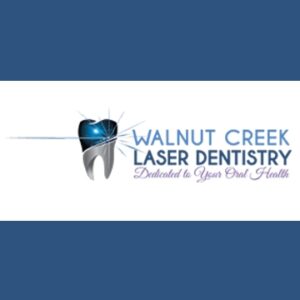Author: nearmedental
Tooth decay (cavities) and fractures (breaks) in teeth can be very painful, which often require a root canal treatment by your dentist. But sometimes, there is not enough tooth structure to support a full-sized restoration, such as an indirect or direct adhesive restoration. In that case, the most recommended dentist near me may advise placing an onlay or inlay instead.
Let’s thoroughly understand inlay and onlay dental procedures.
When Does the Most Recommended Dentist Near Me Suggest Onlay?
An onlay is a dental restoration that fills an area larger than 1 tooth. A traditional onlay covers one or several teeth and extends over the cusp tips. Onlays are typically suitable to restore fractured down-turned cusps, worn down teeth, and severely decayed teeth. The most recommended dentist near me may also suggest them when it’s too risky to prepare (shape) or take out a large amount of tooth structure.
An onlay differs from an indirect restoration, like a crown, which consists only of the part above the gums. In contrast, an onlay bridges more than one tooth.
An onlay consists of:
1. A base made from metal, plastic, or porcelain prepared by your dentist; and
2. You see an overlay on the front part of your tooth after the most recommended dentist near me finishes all preparation work. The material for the overlay is custom-made by a dental laboratory.
When Does the Most Recommended Dentist Near Me Suggest Inlay?
An inlay is similar to an onlay, except it covers only 1 cusp and does not extend over the cusps. It is helpful to restore a severely damaged tooth where there is not enough tooth left to allow the placement of a full-sized onlay.
An inlay consists of:
1) A base made from metal, plastic, or porcelain prepared by your dentist; and
2) A dental stone (composite resin) fills the gum gap and the restoration. It makes up approximately two-thirds of an inlay’s thickness. The composite resin comes premixed with a liquid monomer cement. It will harden the material once correctly placed on your tooth.
What Do You Need to Know?
Onlays and inlays generally offer a traditional treatment option when there is too much tooth structure loss to use a crown. Therefore, these restorations are usually reserved for restoring severely broken down teeth, fractured teeth, and decayed teeth. Root canal treatment by your dentist is usually necessary before these types of dental procedures.
The most recommended dentist near me also recommends Onlays and inlays for cosmetic reasons. However, sometimes these restoration types are not possible for cosmetic reasons. For instance, there aren’t enough teeth left to accommodate them without causing misalignment of neighboring teeth. In such cases, your dentist may recommend a removable partial denture or implant-supported fixed bridge to replace the missing teeth.
Is Onlay And Inlay Better Than Crown?
The crown procedure is generally not used to treat minor damage or small areas of decay. Compared with crowns, onlays and inlays offer less extensive coverage but provide better retention than a crown because they do not require cementation (locking) onto adjacent teeth.
Besides, crowns are more tedious to place because they can irritate the gums during preparation work. Crowns are also difficult to clean between, which can lead to decay in these hidden areas. Onlays and inlays are not prone to this complication because they retain their structure rather than cementation onto adjacent teeth.
However, crowns may offer better aesthetics when there is enough tooth left for them to be crowned. Thus, they also allow the most recommended dentist near me to have greater control over the shaping and contouring of the tooth. To retain an onlay or inlay, a dentist recommends that you keep any resinous buildup at bay through proper home care.
Why Does The Most Recommended Dentist Near Me Do Cementation?
The word “cement” means bonding material. The most recommended dentist near me cement (attaches) inlays and onlays to the tooth using a dental adhesive, a strong type of cement that hardens like concrete. The process of placing your inlay or onlays takes approximately two visits to your dentist’s office.
The most recommended dentist near me will remove any decay from the affected teeth on the first visit. Then they perform any necessary root canals before making an impression (mold) of the area where the new restoration will go. At this stage, a dentist may give you a temporary filling to protect the tooth until your next visit when it is time for placement of your permanent restoration.



